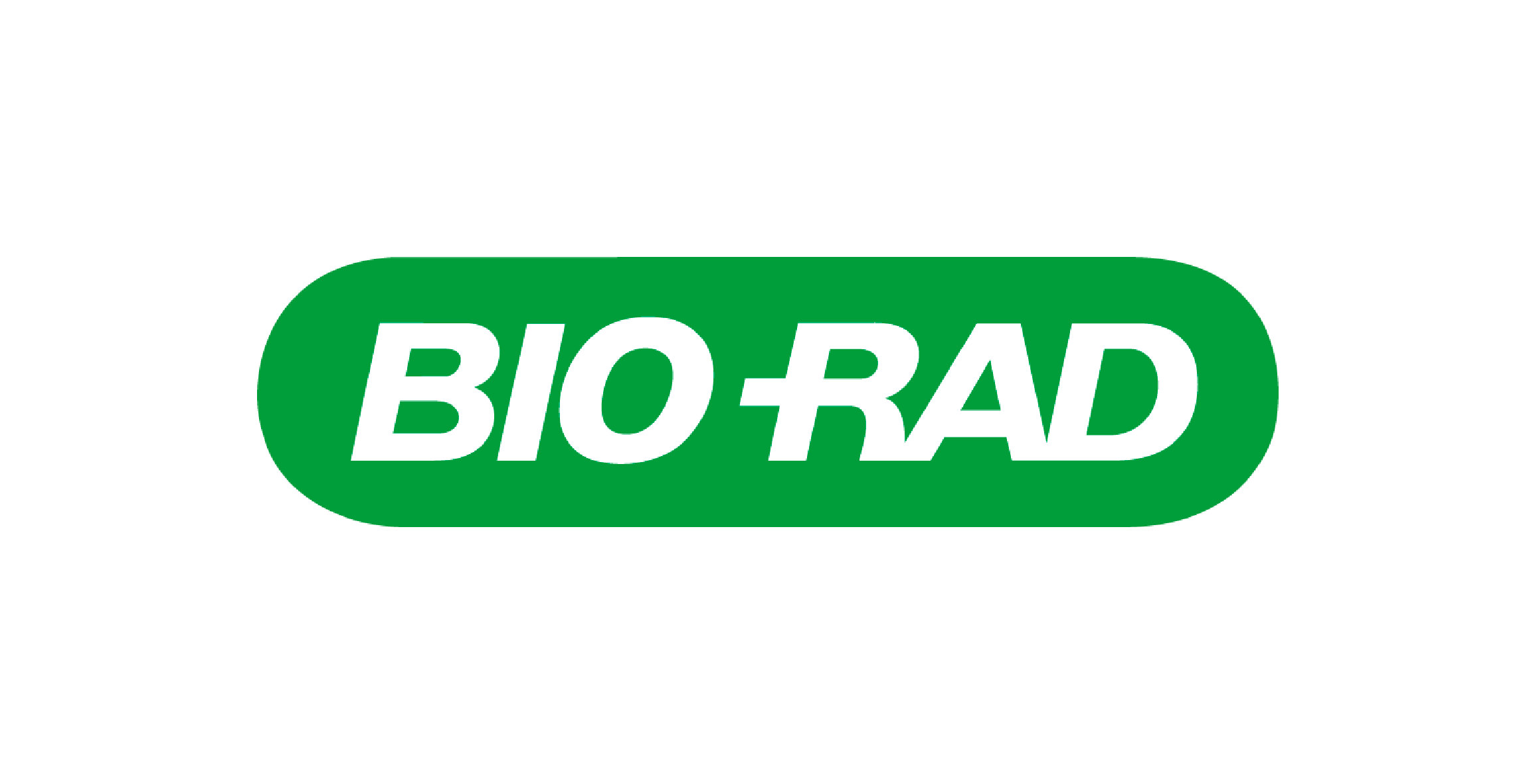Internal Controls
We follow all internal controls that apply to our role at Bio-Rad.
At Bio-Rad, we have a system of policies and procedures that help provide assurance of the accuracy of any financial reporting, compliance with the law, and the overall effectiveness and efficiency of our operations.
These are our internal controls. While our finance and internal audit teams have leadership and oversight authority over our controls, we all work with controls, such as our policies and procedures, every day and must make sure we follow them. We must also keep accurate and complete records since record keeping is the foundation of any successful internal control system.
Everyone must accurately and fully follow the internal controls and all the policies and procedures that apply to his or her role at Bio-Rad. If you have any questions about what internal controls might apply to your role at Bio-Rad, you should ask your manager.


Expectations
- We familiarize ourselves with the internal controls that apply to our role at Bio-Rad.
- We report any concerns we have regarding Bio-Rad’s internal controls to our Quality Assurance team, or, in the case of a finance-related control, the Controls Compliance team.
Key Terms
A process, put in place by management, designed to provide reasonable assurance regarding the achievement of objectives in the following categories:
- Effectiveness and efficiency of operations
- Reliability of financial reporting
- Compliance with applicable laws and regulations
SOX is a U.S. federal law that, among other requirements, mandates a management assessment of internal controls requiring companies to publish details about their internal accounting controls and their procedures for financial reporting as part of their annual financial reports.
A model consisting of five interrelated components used to provide an effective internal control system, including:
- Control environment, including integrity, ethical values, management’s operating style, and delegation of authority systems, as well as the processes for managing and developing people in the organization
- Risk assessment or identification and analysis of relevant risks to the achievement of assigned objectives
- Control activities or policies and procedures that help ensure management directives are carried out
- Information and communication, including operational, financial, and compliance-related information, that make it possible to run and control the business
- Monitoring to assess the quality of the system’s performance over time
